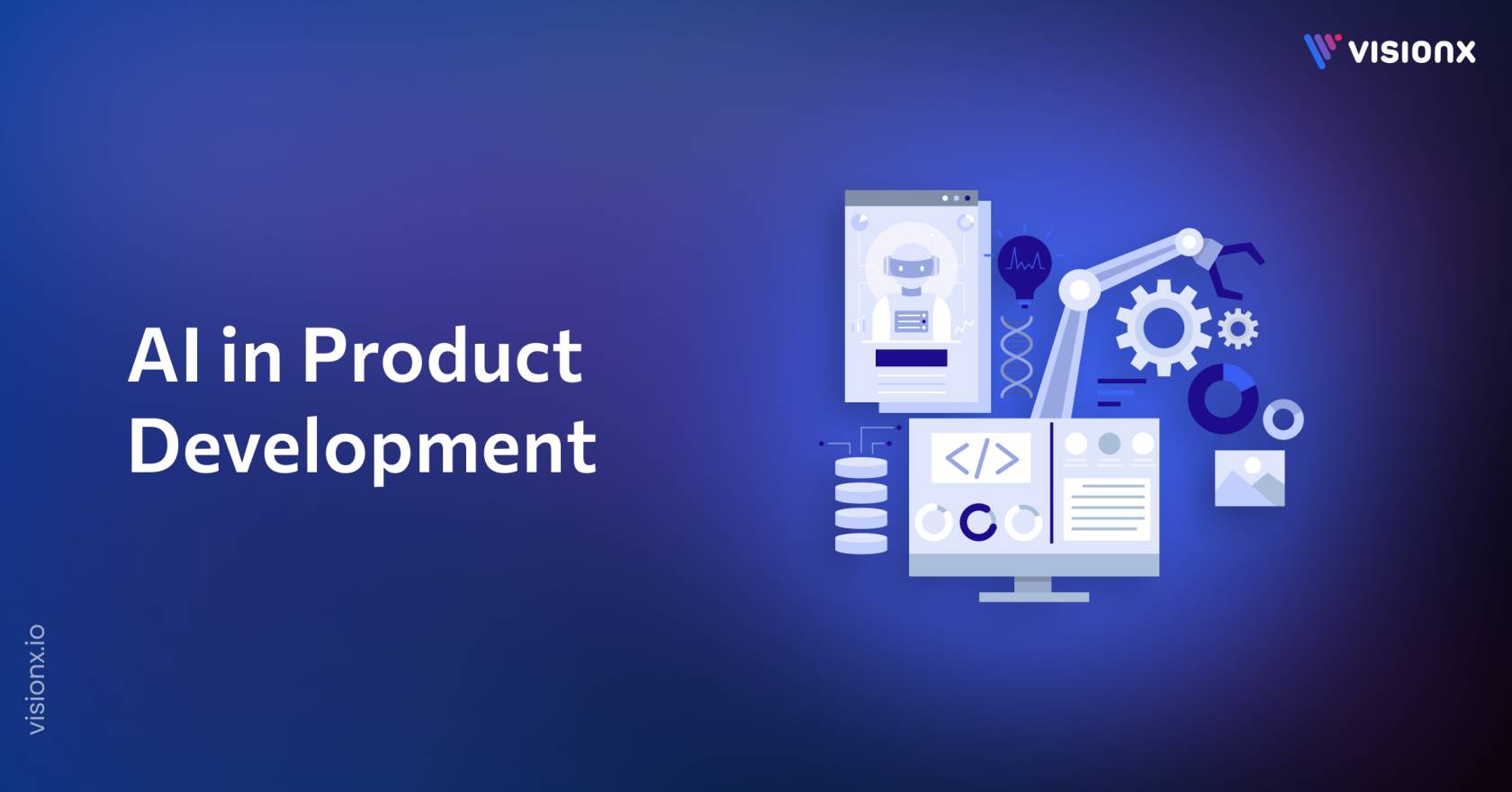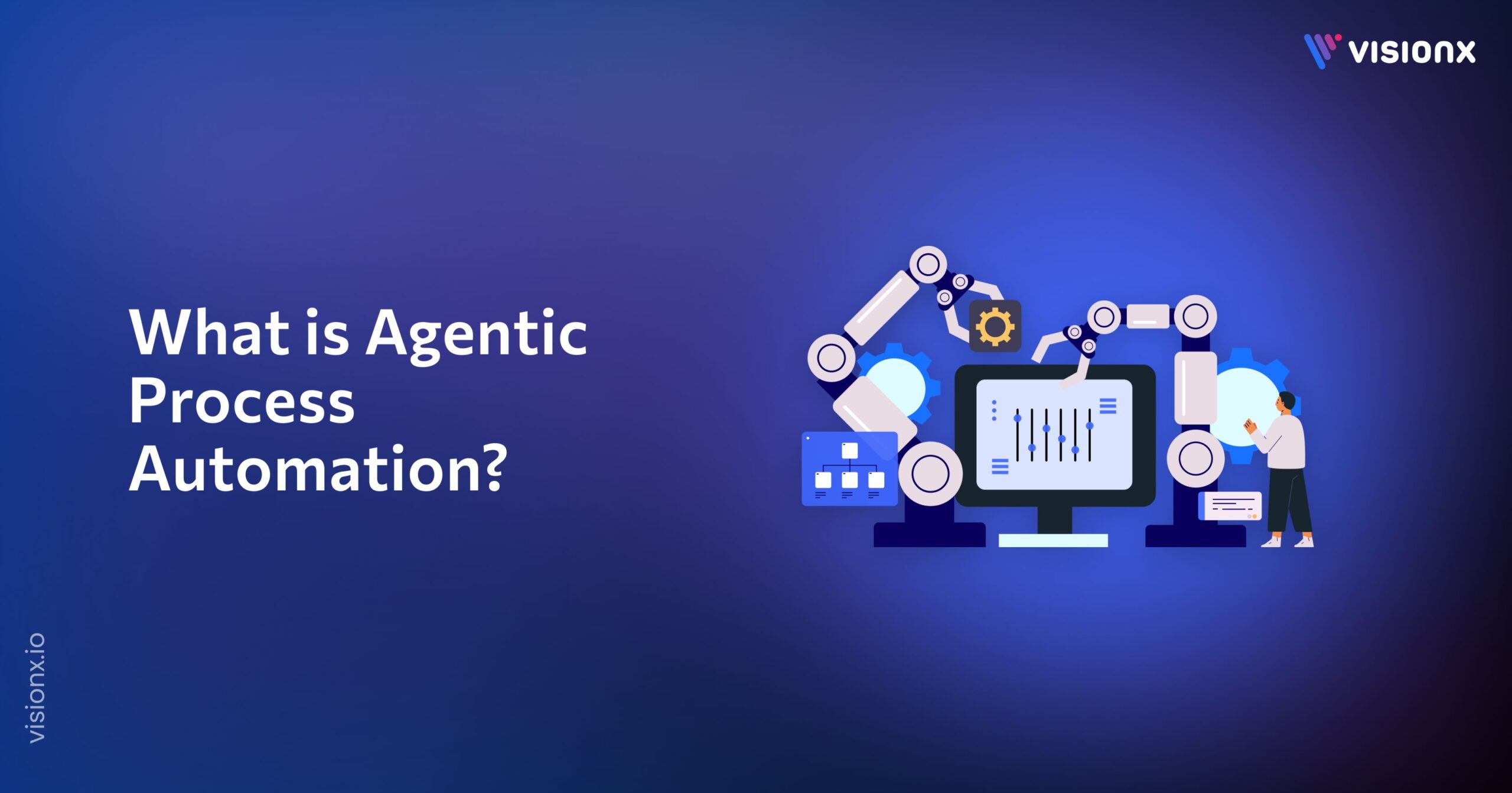You may be surprised to learn that more than 78% of businesses either currently use AI or plan to do so in order to improve their product creation process.
That’s what a recent report reveals, and it says a lot about where the future is headed. Not only is this change apparent, but it is also completely changing the industry.
Every great product starts with an idea, but getting it to market is the real test. AI product development gives teams something they’ve never had before, which is clarity. It adds speed, clarity, and guidance to the whole process. It eliminates obstacles, reduces timelines, and transforms unclear concepts into tangible, confirmed results.
If you aim to move faster, cut waste, and lead with purpose, AI in product development makes that possible. From startups to global teams, the results speak for themselves.
In this blog, we’ll explore how AI product development shapes every stage, from initial concept to full-scale launch.
What is AI Product Development?
AI product development is the practice of integrating artificial intelligence (AI) into every phase of the product development lifecycle, from idea generation and prototyping to testing, deployment, and iteration. It’s not just about adding AI to the product itself but using AI frameworks and technologies to optimize and automate product workflows.
This includes using generative AI solutions for design mockups, AI-powered analytics for understanding customer behavior, and machine learning models to predict market shifts. The motive is to improve decisions, reduce risks, and create product concepts that are validated by real-time data.
Key Ways AI is Transforming Product Development
This is how AI is transforming the product development lifecycle.
1. AI in Product Ideation and Research
Every product starts with an idea. But not every idea leads to something people actually want. That is the hard part. AI product development gives you clarity from the start about what your users need.
Tools like ChatGPT and Jasper help you extract insights from massive datasets quickly. You get real input early. What are people asking for? What leads to their frustration? Which product features matter to them?
A report shows that 72% of companies now use AI in one or more functions, including product development.
For example, AI agents can scan forums, reviews, and trend reports to spot common pain points and unmet needs. That allows teams to test product concepts early, with solid data behind each decision. AI product development sharpens decisions even before a single line of code appears.
2. AI in Product Design and Prototyping
Once you know what to build, the next step is to shape it into something real.
With AI product development, you skip the blank canvas. Tools like Figma AI, Adobe Firefly, or Uizard give you ready-made product designs that match your users and brand. These tools study real design patterns so your visuals feel familiar yet fresh.
According to Deloitte, 70% of developers say generative AI gives them an edge, helping them deliver better and faster, and 23% report clearer productivity gains thanks to AI-powered workflows
What that means for you is more variations to test, fewer late surprises, and faster decisions on what works. Instead of debating color or layout, you see what sticks quickly.
You can even test different versions and compare feedback early. AI in product development doesn’t just bring speed. It brings smarter, more confident choices before you even write code.
3. AI in Development and Testing
Once your design is ready, it’s time to build and get things right before release.
With AI product development, code quality gets better, and bugs get found faster. Tools like GitHub Copilot and DeepCode act as a second pair of expert eyes on your code. They spot issues, suggest fixes, and help you deliver reliable software.
Here’s how this works for you: you write a feature. The tool reviews it. If something doesn’t match best practices or performance goals, you hear about it right away. Fewer bugs reach users. That means higher trust and less firefighting after launch.
When you apply AI-driven demand forecasting for products to your testing workflow, you also learn which features matter most. That insight helps you focus your QA efforts where they count.
4. AI in Customer Feedback and Iteration
You’ve launched your product. Now what? Real success starts when users start sharing thoughts, and you turn those insights into action.
With AI product development, you don’t wade through feedback manually. You use AI solutions to scan reviews, support tickets, and social chatter. These tools highlight pain points, spot patterns, and show which product features matter most.
Here’s what that feels like:
- Collect: AI pulls in feedback from all channels like app stores, chat logs, and social media.
- Analyze: Sentiment, themes, and emotions surface instantly.
- Iterate: You decide what to update, and AI agents help confirm the impact.
5. AI in Manufacturing and Supply Chain
Now that your product exists, you face another challenge, which is getting it made and delivered. AI product development doesn’t stop at design but it extends to the factory floor and logistics.
Modern factories benefit when AI solutions spot machine trouble before it halt production. According to a report, 85% of manufacturers using AI report better efficiency, and predictive maintenance reduces downtime by up to 30%.
Logistics also gets smarter with AI product development applied to shipping and inventory. Supply chain teams reduce mistakes and cut transportation costs by 10–20%. Plus, demand forecasts improve with up to 50% accuracy, so you don’t overproduce or run out of stock.
Take CloudNC, which uses AI-powered production processes to automate complex CNC machine tasks. They cut setup time per part from hours to minutes, boosting productivity tenfold. That’s AI-driven demand forecasting for products meeting manufacturing in real-time.
Here’s how this impacts you:
- You avoid unexpected line stops thanks to AI monitoring.
- You keep your inventory lean, with no surplus and no stockouts.
- You get faster, smoother delivery to customers.
With product innovation AI, you don’t just build well, you ship with ease and confidence.
AI Product Development Examples
- Tesla: Employs AI to enhance vehicle software, maximize battery efficiency, and anticipate maintenance requirements.
- Amazon: Depends on AI for recommending products, predicting supply chain needs, and automating warehouses.
- Canva: Utilizes generative AI to assist users in crafting personalized designs effortlessly.
These AI product development examples emphasize the extent to which AI is integrated into the most creative companies of today
Benefits of AI Product Development
Here are five standout benefits of AI product development in your operational workflows;
1. Enhanced Efficiency and Speed
AI handles repetitive work like testing, prototyping, and code suggestions. Your team moves faster and focuses on what matters most.
2. Data-Driven Insights and Decision Making
AI helps you spot trends, predict product performance, and make sharper decisions based on real data, not assumptions.
3. Fostering Innovation and Creativity
AI sparks new product ideas, uncovers market gaps, and supports faster, more creative problem-solving across teams.
4. Personalizing Product Features
By studying user behavior, AI helps you shape product features that feel personal, boosting engagement and satisfaction.
5. Optimizing Production Processes
AI improves how you build and ship. It reduces waste, prevents delays, and helps scale smarter across your supply chain.
Best Practices for AI Product Development
Here’s how you can get started with AI in Product Development;
Identify the Problem:
Begin with a distinct use case. Concentrate on genuine challenges where AI product development can produce a significant effect.
Choose the Right Tools:
Select established and scalable AI solutions that correspond with your product objectives. The appropriate stack enables quicker development and improved results.
Focus on Data:
Utilize clean, high-quality data to train your models effectively. Trustworthy data yields more intelligent AI-driven decisions and enhanced product outcomes.
Start Small and Iterate:
Launch with a small feature or pilot. Let real feedback shape future updates and guide your AI for the product development roadmap.
Keep the Experience Simple:
Design product features that feel intuitive. AI should add value, not confusion, for your users.
If you want a deeper look at how to approach this from start to finish? Check out our full blog on designing and building AI products and services.
How VisionX Can Help You Build Smarter with AI
If you’re serious about building AI-powered products that actually solve user problems, VisionX is here to help.
We don’t just write code. We work with you to shape ideas, clean your data, pick the right AI tools, and build features your users actually need. From concept to launch, we guide you through the entire AI product development lifecycle.
Here’s why teams choose VisionX:
- We move fast without cutting corners
- We turn messy data into real insights
- We design with users in mind, not just the tech
- We’ve helped startups and enterprises launch AI products that scale
If you want to build smarter, reduce risk, and get to market faster, we’re ready when you are.
FAQs
How is AI used in product development?
AI supports every phase of product development. It helps teams explore user needs, analyze large data sets, build better features, and test ideas faster. AI also detects flaws early and improves product quality with real-time insights.
How much does it cost to build an AI product?
The cost depends on product type, data access, tech stack, and team size. A basic AI model may cost $30,000 to $50,000. More advanced systems that need custom models, large data sets, and ongoing updates may cost over $300,000.
What purpose do fairness measures serve in AI product development?
Fairness ensures AI systems treat all users equally. It helps avoid bias, supports ethical use, and protects user trust. Teams apply fairness rules to review data, test outputs, and improve model accuracy across all groups.
Which AI tools are useful for product development?
Common tools include TensorFlow and PyTorch for model creation, AutoML for fast model setup, and the ChatGPT API for content or logic help. Azure ML and Google Vertex AI also support data use and model control. Teams may also use tools for feedback, testing, and design help.
Can AI help with product design?
Yes, AI can help with design by suggesting layouts, colors, and content ideas. It can test user flows, spot weak points, and offer faster drafts. Still, final designs need human input for nuance, taste, and brand match.
About Author

M. Waqas Mushtaq is the Co-Founder and Managing Director of VisionX, whose passion for innovation fuels the company’s growth. Under his strategic direction, VisionX promotes a culture of excellence, solidifying its position as an industry leader.


